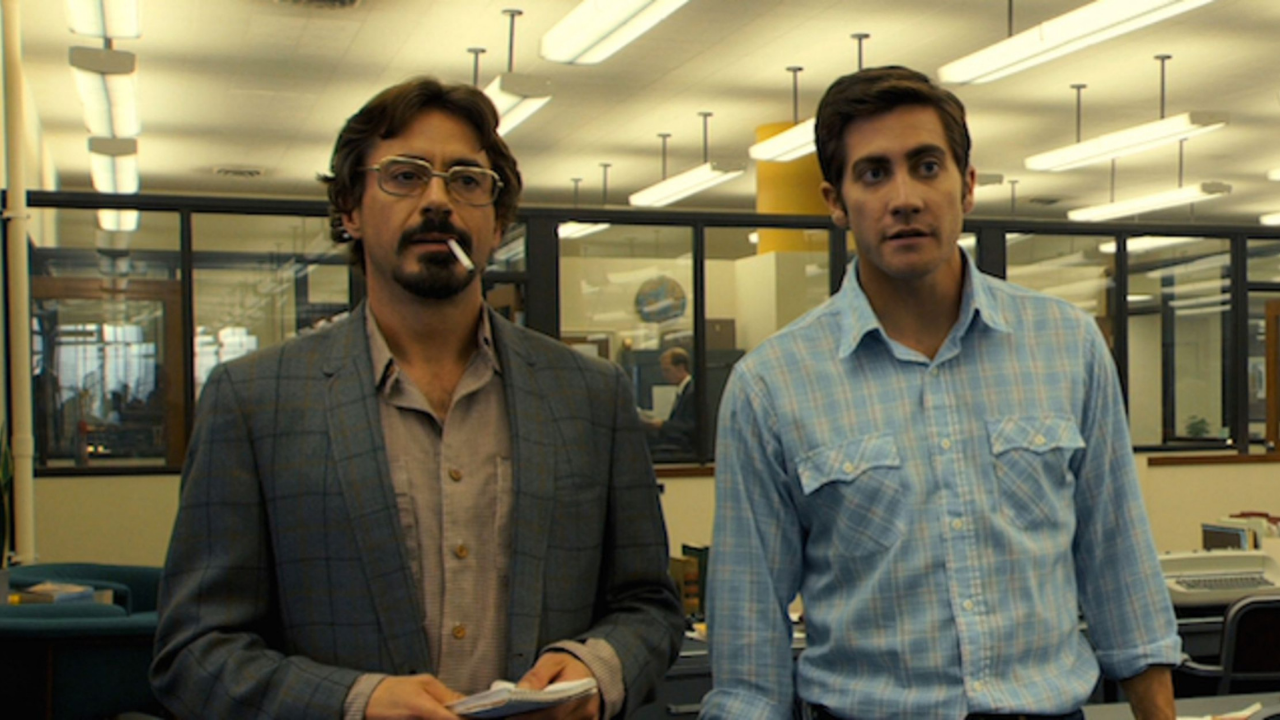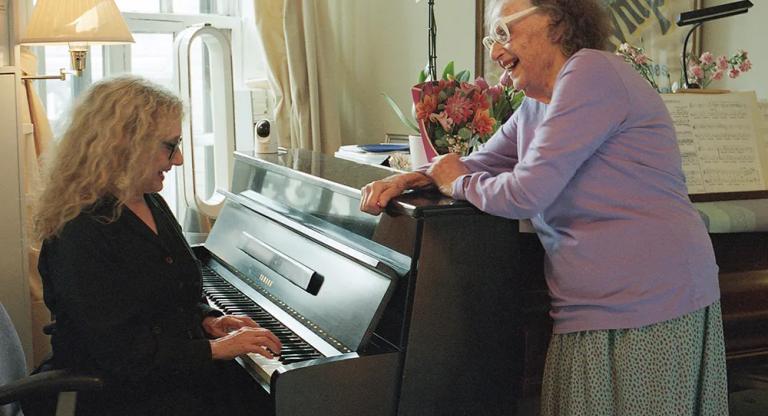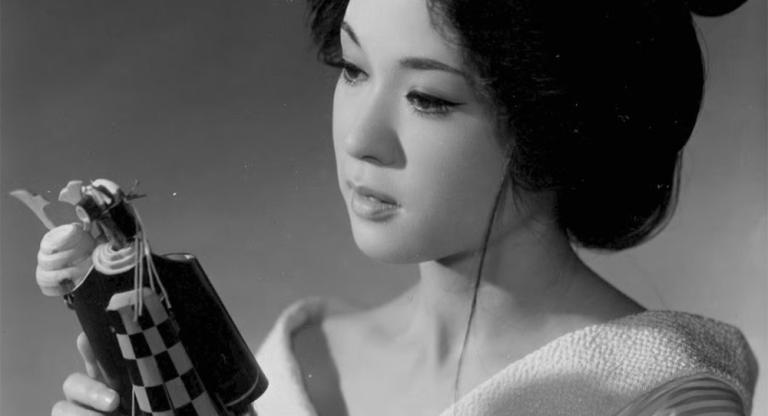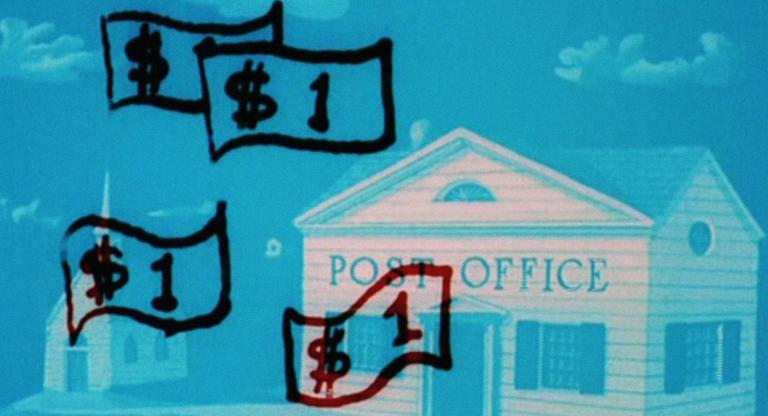An exploration of life-swallowing obsession, David Fincher’s masterpiece Zodiac (2007) spans decades and genres in its portrayal of the manhunt for one of the most infamous and mysterious serial killers in American history. Based on the true-crime book by Robert Graysmith (played in the film with wide-eyed earnestness by Jake Gyllenhaal), it provides no satisfying explanation, but rather presents the hunt for a satisfying explanation of evil as a fool’s errand.
Zodiac’s holy trinity of sleuths consists of Graysmith, who stumbled upon what would become his lifelong fascination while working as an editorial cartoonist at the San Francisco Chronicle, his intelligent but heavy-drinking crime reporter colleague Paul Avery (Robert Downey, Jr. immediately before his career renaissance was cemented, for better or worse, by his entry into the Marvel Cinematic Universe), and hotshot SFPD detective Dave Toschi (Mark Ruffalo). The three are unwittingly joined for decades to come once a letter and now-iconic cryptogram from the Zodiac Killer himself arrives at the newsroom in the summer of 1969, one month after he shot two young lovers in a Vallejo parking lot. They trade clues and theories, and each individual’s dedication to the case waxes and wanes over the ensuing years, but the fruitless hunt takes its toll on each of them. By the 1980s, Toschi may be on his way out of the force, Avery is breathing through an oxygen tank, and Graysmith’s eyes are wide from haggard mania.
Numerous reviews at the time of the film’s release refer to Zodiac as a serial-killer procedural for the “information age,” speaking to the barrage of suspects, dates, and dead ends that Fincher sifts through and presents to the viewer, plunging them into the same overwhelming abyss as the investigators. It certainly creates a mixture of the methodical and the maddening, a gruesome All The President’s Men (1976). However the film’s real achievement is its quite modern understanding of serial killer as media, commenting on previous waves of true-crime fasciation that the Zodiac inspired, while anticipating what was to come. Not only is the Zodiac Killer himself acutely aware of his fame and the panic he creates (he speaks regularly to authorities and the public through letters and cyphers to the San Francisco Chronicle, even commanding people to wear Zodiac buttons on their lapels in public), but his pursuers also tango with their own public personas. Dave Toschi was famously the inspiration behind Steve McQueen’s character in Bullitt (1968) before he was assigned the Zodiac case, and subsequently Clint Eastwood’s character in Dirty Harry (1971) as well. In this film no one escapes virality. Not only did the Zodiac himself go viral—he essentially memed himself into notoriety—but his successful infection of the central three investigators makes them unable to disentangle their identities and careers from the case long after his killing spree seems to end.
Toschi deals with frustration over a movie-hero police officers’s inability to catch one man who (in contrast to Fincher’s own John Doe character in Se7en, 1995) isn’t any sort of genius with a grand plan. Simultaneously, there is frustration over the outsized amount of attention this one lone killer has commanded. As Paul Avery puts it to Graysmith in the movie’s third act, “Do you know more people die in the East Bay commute every three months than that idiot ever killed? He offed a few citizens, wrote a few letters, then faded into footnote.” This is a conundrum that informs every entry in the present day milieu of true-crime media, as we cycle through more and more content that dramatizes the same figures over and over again. Zodiac, ironically, rewards revisiting over and over, while commenting on the spiritual degradation of doing so.
Zodiac screens tonight, September 29, on 35mm at Nitehawk Prospect Park as part of the series “The Class of ‘07.”



